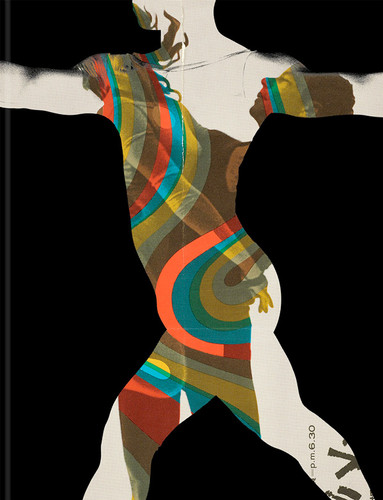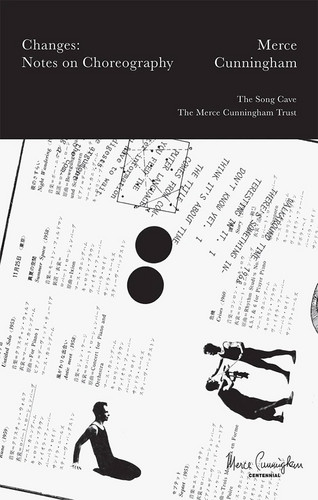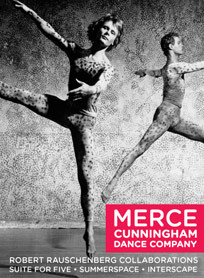Merce Cunningham
Common Time
Renowned as both choreographer and dancer, Merce Cunningham (1919–2009) also revolutionized dance through his partnerships with the many artists who created costumes, lighting, films and videos, and décor and sound for his choreographic works. Cunningham, together with partner John Cage, invited those artists to help him rethink what dance could mean, both on the stage and in site-responsive contexts. His notion that movement, sound and visual art could share a “common time” remains one of the m…
Changes, Notes on Choreography
"On the occasion of the Merce Cunningham Centennial, we are pleased to offer this special, limited edition reprint of Cunningham’s own unique presentation of his choreographic ideas Changes: Notes on Choreography.Originally published in 1968 by Dick Higgins’ iconoclastic Something Else Press, the book can be viewed as a 170-page print version of an art performance piece. Just as Cunningham spent most of his career approaching choreography and movement in time and space from an original point of …
Suite For Five - Summerspace - Interscape
n 1954, Robert Rauschenberg became the Resident Designer to the Merce Cunningham Dance Company, a position he held for ten years. During that time these friends and collaborators, along with the musician John Cage, created some of the most iconoclastic artworks of the 20th century. This three-DVD set showcases these great artists' work, along with the work of another, filmmaker Charles Atlas. The DVDs are accompanied by an illustrated essay by Bonnie Brooks. Charles Atlas has directed and …
Split Sides
Merce Cunningham's Split Sides (2003) captures the iconic modernist choreographer's most radical use of chance procedures. As the title implies, the piece is divided into two parts. Each 20-minute part features one of two options for the different creative elements of the piece: set design, costumes, lighting, music, and choreography. The order in which each element appears during a given performance is determined by an onstage dice roll before the performance, captured on full screen for the li…


